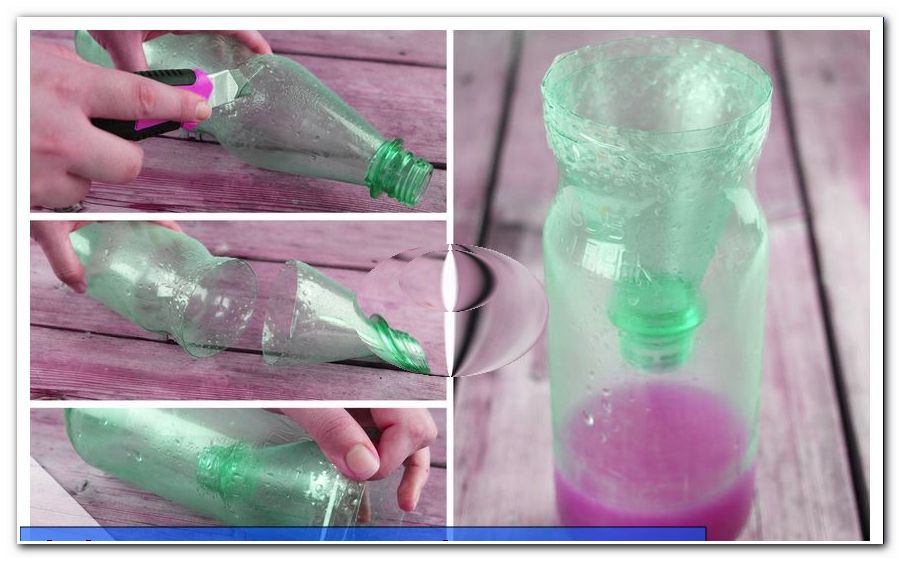Use strike size - instructions and explanation

- Alternative names
- construction
- Use the strike size: Instructions
When working with wood, different tools are needed to implement the planned project. One of these tools is the strike size, which is used when you arrive precisely and prevents possible measuring errors or accidental slipping. Often aspiring carpenters or amateur hobbyists ask themselves how the tool is used or what the purpose of the coating measure is.
The coating size is an essential tool in wood and metal processing and is used for marking or marking marks or guides. It allows a very accurate result if you need a parallel line to the edge or even curvy markings depending on the equipment. A great advantage is the design of the tool, which allows a quick work without having to measure all the time or to pay attention to a straight line. Even people with shaky hands can achieve good results with the measure. Due to the setting options, several lines can be torn between each other with the tool and even record complicated auxiliary lines.
Alternative names
The strike size is not the only name under which the tool is known. In southern Germany, it is referred to as a tear or even parallel measure. All these terms can be used per se, but they have a slightly different background for the term:
- Punctuation: Punches use markers or pens to apply the mark
- Zipper: Zippers use a needle or a point to tear the mark
- Parallel dimension: Parallel dimensions can use either method
Why this classification is important ">
construction
The structure of the strike size is crucial for the functioning of the tool. It has been designed so that it can be easily pulled over wood or metal with little force and only with the help of a quick movement. This creates lines or cracks, which are used for the machining of the workpiece. Due to the parallel system, the auxiliary lines are straight and extend over the entire length at the same distance. The individual components are important for the design, because only with this the function of the strike dimension is made possible. These in detail:

1st stroke: the stroke is the basic part of the stroke dimension. This is mainly a block of wood, which is provided with a recess. Through this the slide is pushed.
2. Slider with scale: the slider is used for two purposes. On the one hand it serves as the basis for the measuring scale and on the other hand, the tip, marker or pencil is fixed at the end of the slide. The scale depends on the length of the slider, because it can not be longer than the slide itself. However, it is possible to swap the slider if a longer scale is needed. Some models even have several slides of different lengths directly.
3. Screw: The screw is used to fix the set length of the slider, so that it does not move during the scribing. This part is one of the most common wear parts in a strike size.
4. Tip for marking or scoring: this part at the end of the slider is one of the tips mentioned above. These can not be replaced in many cases, in any case not in the favorable variants of a strike.
5. Curve stop: this metal component is used as needed for parallel curves on a round workpiece. It resembles a plate with two elevations, which stands out at a special angle from the workpiece and thus allows curves. It is attached to the stop. Not every measure usually has this component and often needs to be purchased separately.
Due to the simple structure, a strike size can even be produced very well by itself. All you need is the right tools and you're ready to go. It is typical that many dimensions have two slides, one of which is the bar while the other is used for scribing. But this does not affect the result, because both components are fixed with the screw. If this screw is damaged, you only need a new screw to enable the function again. Due to the low price of ten to 20 euros, 50 euros for high-quality dimensions, these can be easily replaced.
Tip: in Japan there is a special form of the strike size with the name Sujikebiki, which is used for the Japanese type of woodworking by hand, but is also available in Germany for a price of eight to 20 euros. These are provided with blades and allow an even more accurate scribing than the European variants, which explains the accuracy of the local woodcraft.
Use the strike size: Instructions
Using the tool at first glance seems quite simple, but requires some practice. For this reason, you should absolutely try out the tool before a direct use. A little practice can not hurt, because if used improperly, you could, for example, scratch or stain the wood with the marker. Of course, with a pencil, that would not be a problem, but it's worthwhile to practice before. Follow the instructions below to use the swipe correctly:

Step 1: Take the measure and open the screw, which allows you to easily move the slide (s). Set the required distance and fix the screw again. Check beforehand if the tip is also pointed, as tear measurements often wear out.
Step 2: In the application, remember that the tool can draw only one line per move, always parallel to the edge. If you need to draw several lines, it is best to start with one of the lines farthest from the edge.
Step 3: Now position the stopper at the edge so that the slider is positioned over the workpiece. Angle the stop somewhat in the pulling direction, as this maintains contact between the tip and the workpiece.
4th step: Now, in a strong move, draw the strike without stopping until the end of the workpiece or another marking. Keep a steady hand.
Step 5: If you need overlap, you should use a crack size and apply more force when using it. This will make it easier for you to use the tool.
Step 6: The curve stop is used in the same way. Only you have to do a slightly different hand movement, because it is not a straight line.
The instructions can be used in the same way for every workpiece and material. You really should just be careful not to use too much force or stop, as this will negatively affect the result.




